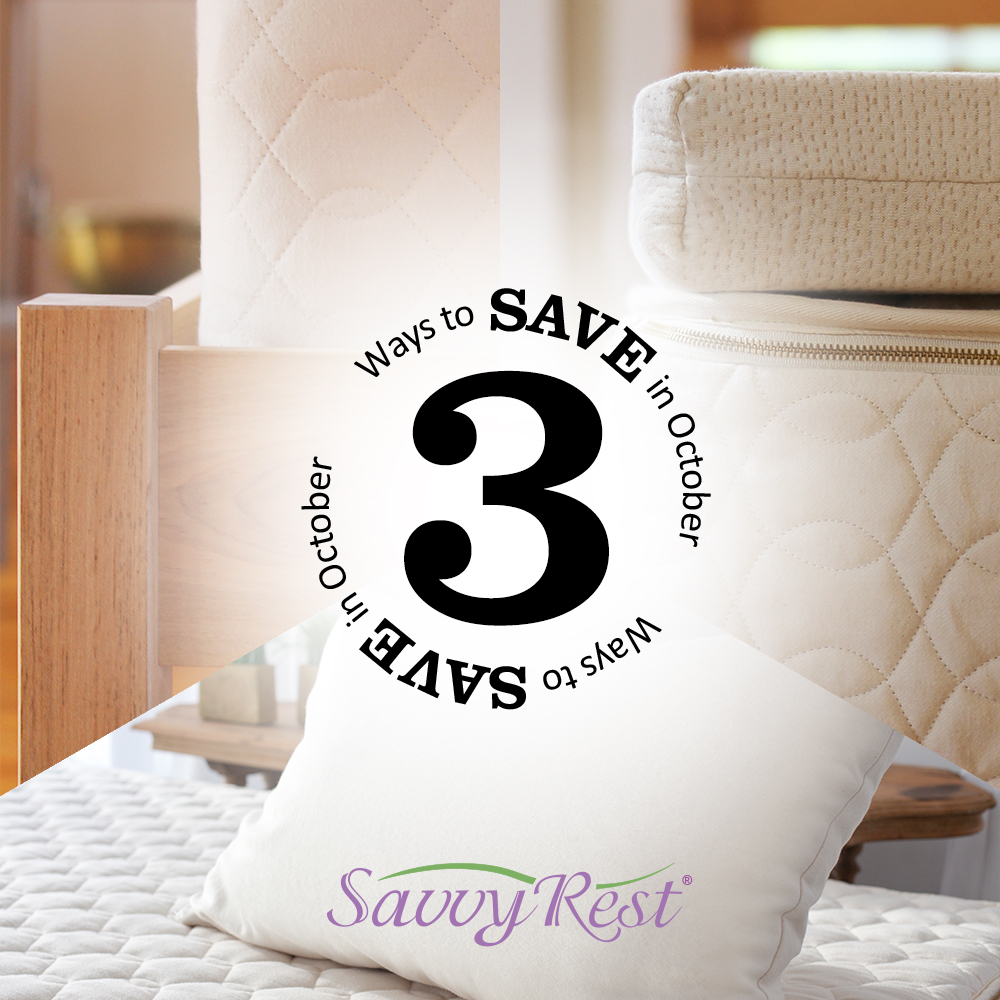DIFFERENCE BETWEEN NATURAL AND SYNTHETIC LATEX

Many people are perplexed to learn that not all latex is created equal. There is a natural form of latex and synthetic. As a matter of fact, there is a world of difference between natural latex and synthetic latex.
Natural latex is manufactured from sap tapped from rubber trees, then it is either vulcanized (Dunlop method) or frozen, then vulcanized (Talalay method.) I don’t want to get too involved in which method is better, because it’s hugely dependent upon the processing facility and a number of other factors.
The point is, natural latex is an incredibly resilient and durable, clean and supportive material. It is resistant to dust mites, anti-microbial, antifungal, and hypo-allergenic.
The important thing to remember when considering a product made of natural latex is purity – what is the percentage of pure natural latex vs fillers or synthetic material. Look for certification by an independent laboratory such as Oeko-Tex, which tests for chemicals and toxins in the finished product. The Oeko-Tex stamp of approval will attest to the cleanliness and purity of the product.
Some manufacturers add fillers (most commonly clays, calcium oxide, or titanium dioxide) to the natural latex to make it go further (imagine taking one gallon of milk and diluting it with water to create two gallons of milk). While the finished product will be less expensive, the addition of fillers ultimately makes the latex less durable and more apt to rapid breakdown. Here’s where the consumer needs to be very vigilant…the fact is that natural latex with additives such as those listed above can technically still be called “natural latex”.
Synthetic latex (aka polyurethane foam/memory foam) is made of petroleum by-products, sometimes actually mixed with natural latex.
Again, that’s where you have to be careful. There are many manufacturers who tout their product as “natural latex”, when in fact it’s actually a blend of natural AND synthetic. Interestingly, Dunlop and Talalay latex can be either natural or synthetic. Needless to say, Caveat emptor — do your research.
Synthetic latex, being chemically based, has a tendency to break down more quickly than natural latex. If you’ve ever had a warranty issue with a mattress, you’ll understand immediately. Have you ever had a body impression in your mattress measured by your friendly local mattress salesman and told that it’s “normal wear and tear?”
 How Latex Rubber is Processed
How Latex Rubber is Processed






